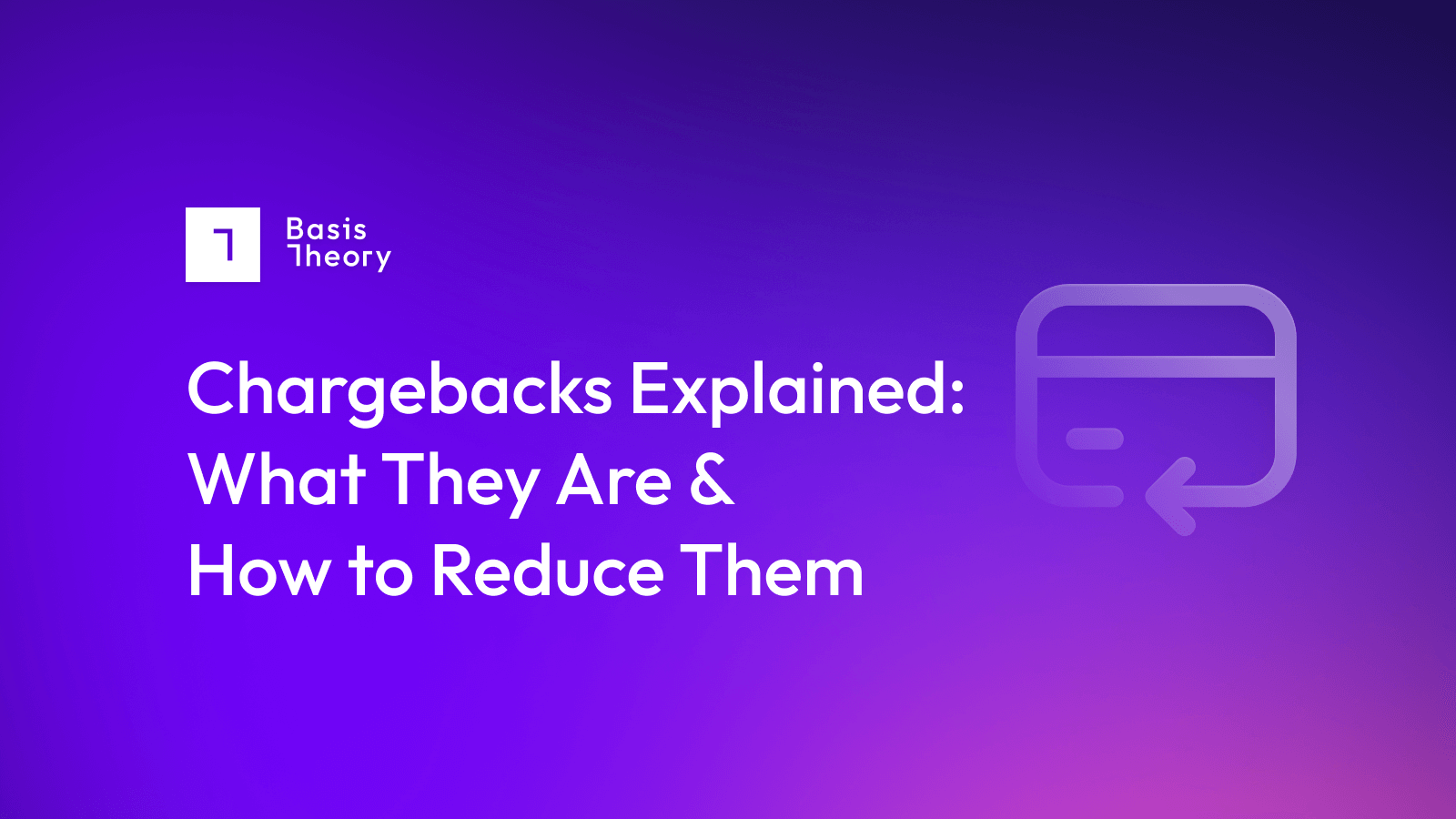Chargebacks Explained: What They Are & How to Reduce Them

In the payments business, a chargeback is the reversal of a charge initiated by the issuing bank rather than the merchant, generally in response to a consumer complaint. That consumer may have had their credit card details stolen and need to unwind fraudulent deals; or they might believe that they are owed a refund by a merchant that refuses to give them one. Either way, the issuing bank responds to the consumer request (assuming it finds the complaint compelling) by kicking off a process that will
- Provisionally credit the consumer with the funds to be refunded
- Notify the merchant bank of the request for a chargeback
- Provide an opportunity for both the merchant bank and merchant, separately, to contest the chargeback
- Unilaterally decide which argument wins, and either finally repay all the money to the consumer, or deny the claim and take back the provisional credit
The Difference Between Chargebacks and Refunds
At the simplest level, the difference is that refunds are issued by merchants, while chargebacks are issued by issuing banks. Consumers obtain a refund by communicating directly with the merchant and coming to an agreement; by contrast, consumers obtain a chargeback by communicating with their card issuer, effectively eliminating the need to negotiate with the merchant. Unsurprisingly, then, the majority of chargebacks are based on at least a claim of fraud, whether it is a stolen credit card, or alleged malfeasance by the merchant, such as not delivering purchased goods, welching on a refund promise, or adding recurring charges to what appeared to be a one-time purchase.
Why Both Chargebacks and Refunds Exist
In the 1970s, as credit cards started to gain traction in the marketplace, their growth was threatened by consumers’ security concerns: cards were relatively easy to steal, counterfeit, or otherwise compromise, and consumers were afraid they’d get stuck with the bill for someone else’s shopping spree. In an attempt to allay these worries, Congress passed the Fair Credit Billing Act (FCBA), which established a mandatory process to allow consumers to challenge what they considered unfair, unreasonable, or fraudulent charges.
Why Chargebacks are Fundamental to Merchants’ Businesses
All merchants hate returns and refunds - the costs involved are painful and result in peculiar solutions (Amazon, for instance, literally never unpacks returned items but instead routes them to third parties who buy them for pennies on the dollar and seek to auction them off elsewhere). Chargebacks, however, are even worse: not only does the merchant lose the revenue from the sale, as well as the value of whatever product or service was provided and any delivery costs, they also have to pay penalty fees to their payment providers, which can run between $20 and $100 per case.
Even worse than the per-transaction fees is the threat of accumulating a sufficient volume of chargebacks that the merchant can be ejected from the payments ecosystem altogether, with PSPs, gateways, and card networks all holding the ability to prevent them from operating. Broadly speaking, a chargeback rate of 1% or more (based on the number of deals, not the value of those deals) will push a merchant into a distinct danger zone; in fact, Visa will put merchants into an “Early Warning” status when the rate reaches .65%, which can cause real concern to downstream PSP partners and trigger additional compliance requirements or charges.
Long story short, eliminating all chargebacks is effectively impossible: eventually there will be a disgruntled customer, or a deal closed using a stolen credit card. But minimizing their occurrence can be the difference between success and failure.
How You Can Minimize Chargeback Exposure
Some of the most important keys to minimizing chargebacks are relatively obvious:
- Provide accurate descriptions of the products and services you sell so customers aren’t surprised or disappointed at what they receive
- Offer reliable customer service so that customers with issues can reach you easily - this avoids them giving up and calling their credit card issuer
- If you sell subscription services, be very clear that this is what is on offer, as consumers will often resort to chargeback procedures when faced with unexpected charges
Beyond your own business practices, however, you need to protect against both actual and friendly fraud (when customers use chargeback procedures to acquire goods without having to pay for them).
Automating your payment system, and partnering with multiple payment processors, are fundamental to protecting against fraud, as a multi-level security system can ensure you are not falling victim to scams. Using different services allows you to, for instance, run core security checks (like address verification service, and checking the Card Verification Value) on all deals, but layer in more sophisticated checks and balances (like limiting the amount a consumer can commit on a single card) as required.
Combining exceptional customer service, accurate product and service descriptions, and automating your payment system to squeeze out fraud will drive down your chargeback rates and minimize your risk.
Chargebacks: A Manageable Fact of Life
There is no way to completely eliminate chargebacks, but there is no reason to allow them to become a true threat to your business. With solid business practices, and an automated payment system protecting you from fraud, they can simply become an irritant without ever growing to an existential threat.
.png?width=365&height=122&name=BTLogo%20(1).png)



